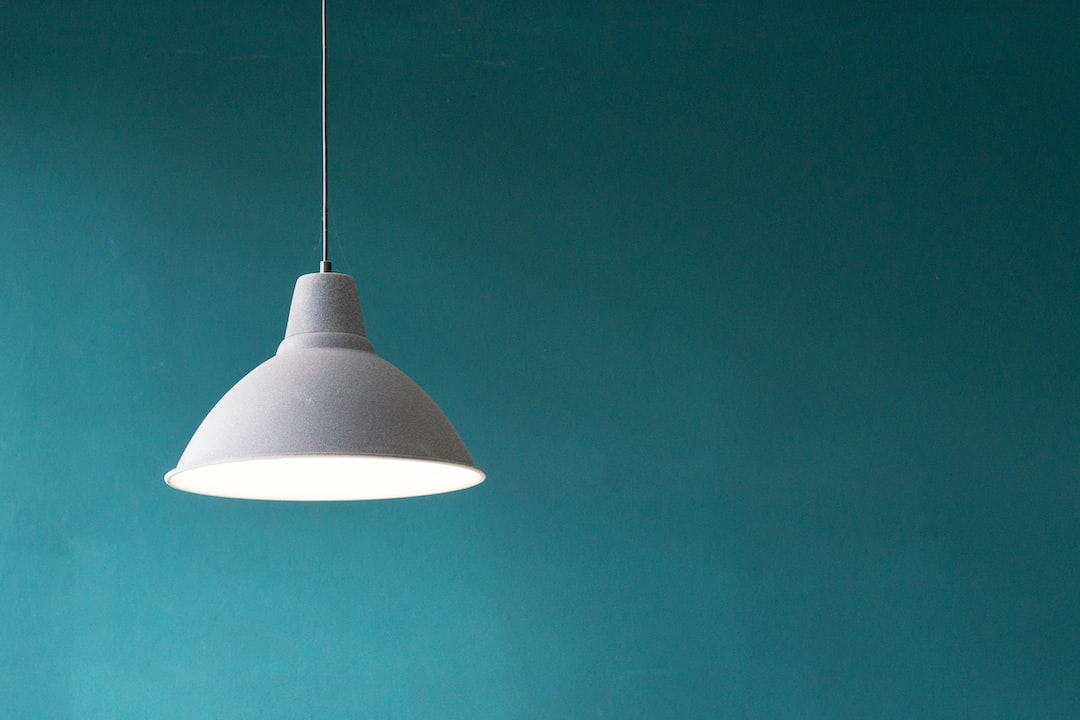Incorporating Biophilic Design to Create a Tranquil Living Space
Our modern lifestyles often revolve around technology and urban living, leading to a disconnection from nature. However, there is a growing recognition of the importance of incorporating nature into our built environments. One such approach is biophilic design, which seeks to reconnect people with the natural world in order to enhance well-being and create a tranquil living space.
Biophilic design is based on the concept of biophilia, which suggests that humans have an innate connection to nature. This connection is deeply rooted in our biology and has a profound impact on our mental and physical health. By incorporating elements of nature, such as plants, natural materials, and natural light, into our living spaces, we can create an environment that nurtures and rejuvenates us.
One key aspect of biophilic design is the integration of plants into our living spaces. Indoor plants not only provide aesthetic appeal but also offer numerous health benefits. They improve air quality, increase humidity, and remove toxins from the air. Furthermore, the presence of plants has been shown to reduce stress levels and improve focus and productivity. Incorporating plants into your living space can be as simple as placing potted plants around the room or creating a vertical garden on a wall.
Another element of biophilic design is the use of natural materials. The use of wood, stone, and other natural materials in flooring, furniture, and decor can create a sense of warmth and comfort in a living space. These materials also have a tactile quality that can help to ground us and bring us closer to nature. Consider incorporating natural materials into your living space through wooden furniture, stone countertops, or a natural fiber rug.
In addition, natural light plays a crucial role in biophilic design. Exposure to natural light has been linked to improved mood, increased productivity, and better sleep. When designing your living space, try to maximize the amount of natural light that enters the room. Use sheer curtains or blinds that can be easily opened to let in natural light during the day. If natural light is limited, consider using full-spectrum lighting to mimic the effects of natural sunlight.
Water features are another way to incorporate biophilic design into your living space. The sound of flowing water has a calming effect and can create a sense of tranquility. A small tabletop fountain, a wall-mounted water feature, or even an indoor fish tank can all bring the soothing sound of water into your home.
To further enhance the biophilic design of your living space, consider incorporating natural colors and patterns. Earth tones such as greens, browns, and blues can create a sense of calm and connection to nature. Patterns inspired by nature, such as leaf motifs or floral prints, can also bring the outdoors inside.
Incorporating biophilic design into your living space can provide numerous benefits for your well-being and overall quality of life. It can help reduce stress, improve focus and productivity, and create a sense of tranquility and connection to nature. Whether you live in a small apartment or a spacious house, there are plenty of opportunities to integrate elements of nature into your living space.
Remember, biophilic design is not just about aesthetics; it is about creating a space that nourishes and rejuvenates you. By incorporating plants, natural materials, natural light, water features, and natural colors and patterns, you can create a tranquil and inviting living space that brings you closer to nature and promotes your well-being. So why not start incorporating biophilic design principles into your home and experience the positive effects for yourself?

